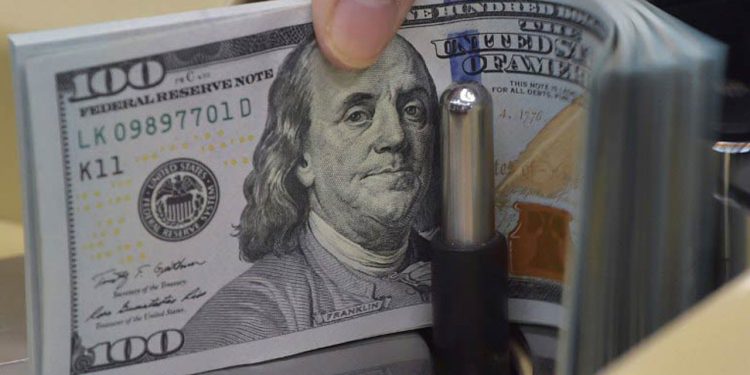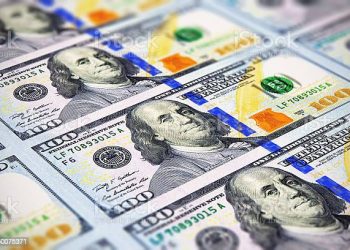The exchange rate between the naira and the dollar has dropped to a six-week low, closing at N1,490.2/$1 on Monday, just N10 away from the critical threshold of N1,500/$1, according to official data from the FMDQ where currencies are traded officially.
Throughout June, the exchange rate has maintained stability, fluctuating between N1,470 and N1,480/$1. However, the recent decline towards N1,500/$1 is causing concern among currency watchers, as breaching this psychological barrier could signal a new phase of depreciation.
Data from the FMDQ shows that on June 24, 2024, the exchange rate closed at N1,490.2/$1, marking the lowest rate since May 17, 2024, when it closed at N1,497.33/$1. The day’s forex turnover totaled $152 million, bringing the month’s cumulative forex traded to approximately $2.54 billion, down from $3.3 billion in May.
In intra-day trading, the dollar reached highs of N1,505 and lows of N1,411. The average intra-day high has consistently been above N1,500 this month, reflecting hawkish trading sentiments closer to black market rates.
Meanwhile, in the parallel market, where forex is unofficially traded, the dollar sold for about N1,495, while the UK pound exchanged for N1,895-N1,900. Many Nigerians still rely on this market for forex transactions, especially for travel allowances.
Looking ahead, analysts anticipates potential currency weakness as the summer holiday season approaches, historically driving up demand for foreign currency among Nigerian travelers.
Recent improvements in Nigeria’s foreign exchange reserves, which stood at $33.58 billion as of June 19, 2024, signify a positive trend amid efforts to stabilize the currency. This follows earlier concerns over financial stability when reserves dipped to $32.11 billion in April.
The stability in the customs exchange rate for import duties, set consistently at N1474/$ over the past three weeks, provides a contrast to the fluctuations seen earlier in the year, reflecting ongoing efforts to manage currency volatility.
As the forex landscape continues to evolve, monitoring these developments remains crucial for stakeholders navigating Nigeria’s economic terrain.











